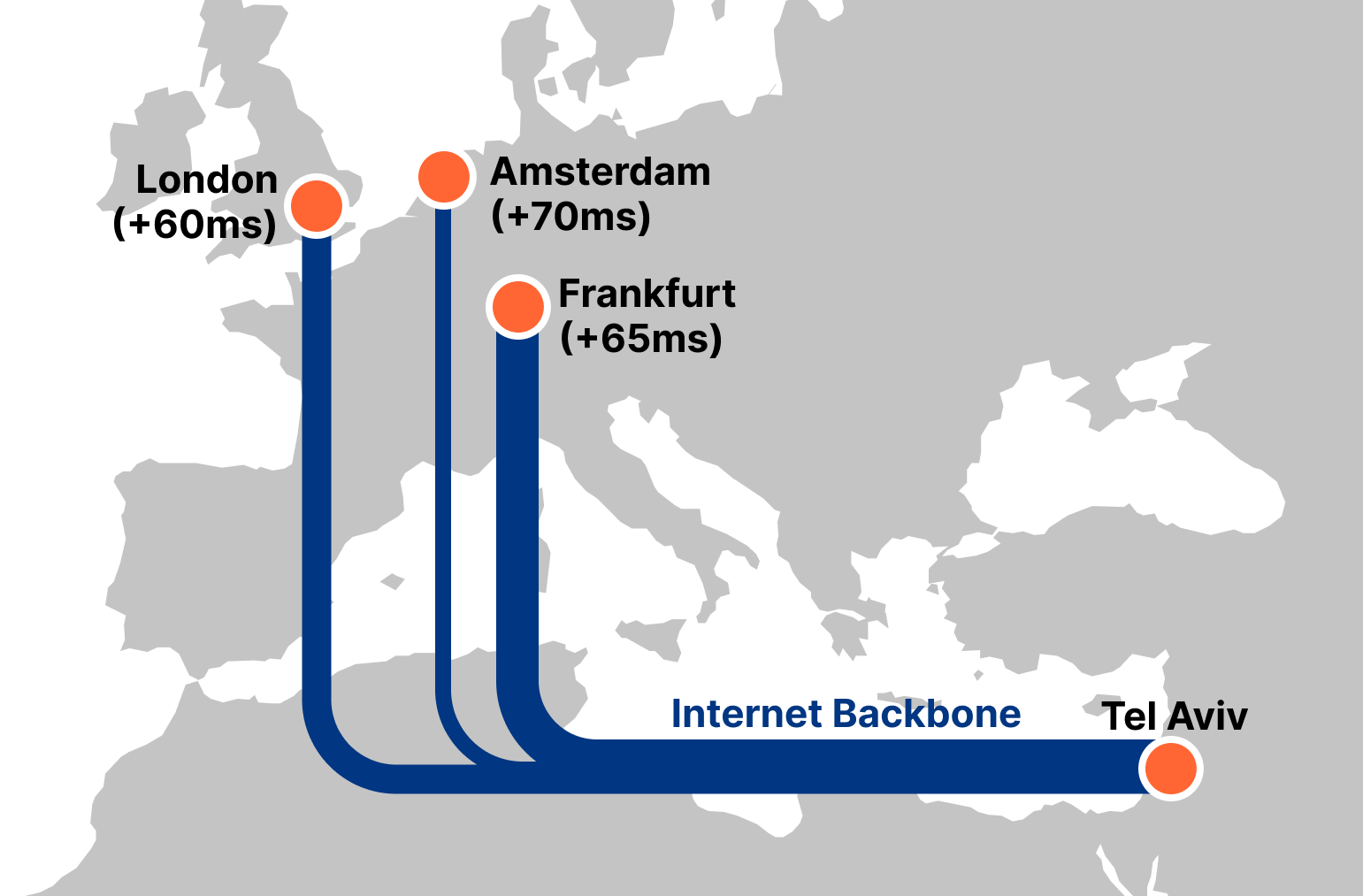Amazon Web Services (AWS) CLF or CCP, how you want to name it (CLF is the official exam and badge name).
as it stands for Certified Cloud Practitioner, with the current version of CLF-C01.
AWS CLF is the very first step for any engineer, regardless of their experience in the IT domain,
to start understanding and put a step in the world of cloud computing.
CLF with AWS Services
The exam/certificate focuses on many different aspects, some are shared with other exams from AWS, some are CLF-Focused.
This includes the concept of cloud computing, comparison of many aspects of networking between On-premise networks and cloud networks.
Introduction to AWS and how much does AWS covers/offers of on-premise services on their cloud, ready to be directly initiated and used.
AWS most critical aspect when you decide to network on their infrastructure, and that is “Billing”, this is a very important and critical concept to really understand and know how to deal with when you start working with AWS networks.
Many tends to skip this exam, and keeps spreading the idea that “SAA is the Associate exam of AWS Services, and it should be the Continue reading





